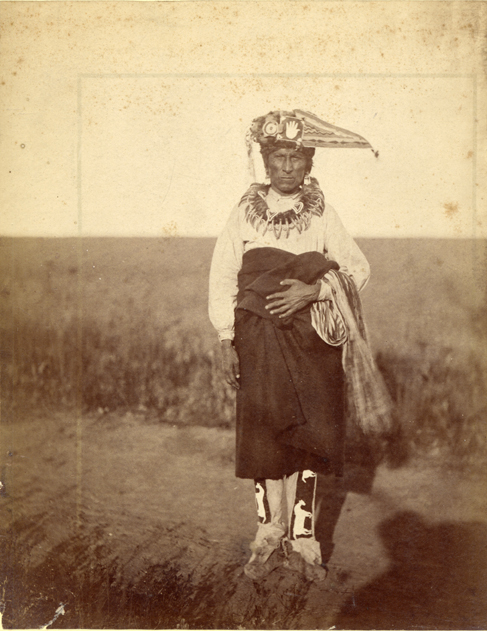 Captured Wilderness September 8 - October 25 |
“Captured Wilderness” is an exhibit of the work of three western landscape photographers. The first historically, and perhaps best known, is William Henry Jackson. Jackson was the official photographer for the United States Geological Survey in the early 1870’s and accompanied F.V.Hayden on his historic surveys of the Yellowstone region, the Grand Tetons, and the Colorado Rockies. Jackson’s mission was to document the sights as seen by the Hayden Expeditions. He captured the wilderness in order to present it for scientific and political purposes. Jackson’s photographs were placed on the desk of each United States Senator on the day of the vote to establish Yellowstone as the first national park.
The Jackson photographs in this exhibition come from the Robert T. Ramsay Archival Center at Wabash College. They are original albumen prints made directly from the glass plates that Jackson shot on these expeditions. The precise history of these photographs is a bit of a mystery. All that is known is that they were stored on a shelf in the old Yandes Library. The most reasonable conjecture is that they once belonged to John Merle Coulter, a botanist on the Hayden Survey and later a Professor of Biology and Geology at Wabash. Coulter worked closely with Jackson and it is supposed that they came to Wabash through that connection.
David Taylor uses a combination of historical images and his own aerial and landscape photographs to create multi-media “photographic constructions.” These combine to tell a story or “document” the landscape he is viewing. Taylor says, “In a sense, the constructions are meant to convey, with the artist as narrator, how a place feels.” High Water, his most recent project, is the story of two incredible floods separated by thousands of years. The first is the cataclysmic glacial flooding that shaped this region thousands of years ago. The most recent is the flooding that took place following the construction in the 1930’s of the Grand Coulee Dam. Both floods shaped the way the people and animals in the area lived and interacted. Through a combination of old and new images and the additions he brings to them, we are more informed about this area of our world. The artist continues, “Furthermore I am interested in how our understanding of events is modified by considering natural history and cultural history on the same continuum.” Taylor teaches art at New Mexico State University at Las Cruces, New Mexico and is on the National Board of Directors for the Society for Photographic Education.
David Underwood uses photographs to create composite images. While working on location, Underwood photographs the same subject many times. He feels that this helps to reveal more about the subject. He then returns to his studio and begins to assemble his composite images. Of these assemblages he says, “Working with grids of images and multiple sections of objects allows me to expand the language of photography beyond the limitations of single frame imagery.” Each composite he creates is, “a unique, constructed physical object.” David Underwood is the Chair of the Art Department at Carson-Newman College in Jefferson City, Tennessee. His work has been included in over 55 group and 15 solo exhibitions.
David Underwood and David Taylor will be in the Eric Dean Gallery for the opening reception on Monday, September. Gallery hours are Monday through Friday, 9 a.m.-5 p.m. and Saturday 10 a.m.-2 p.m.—Beth Swift